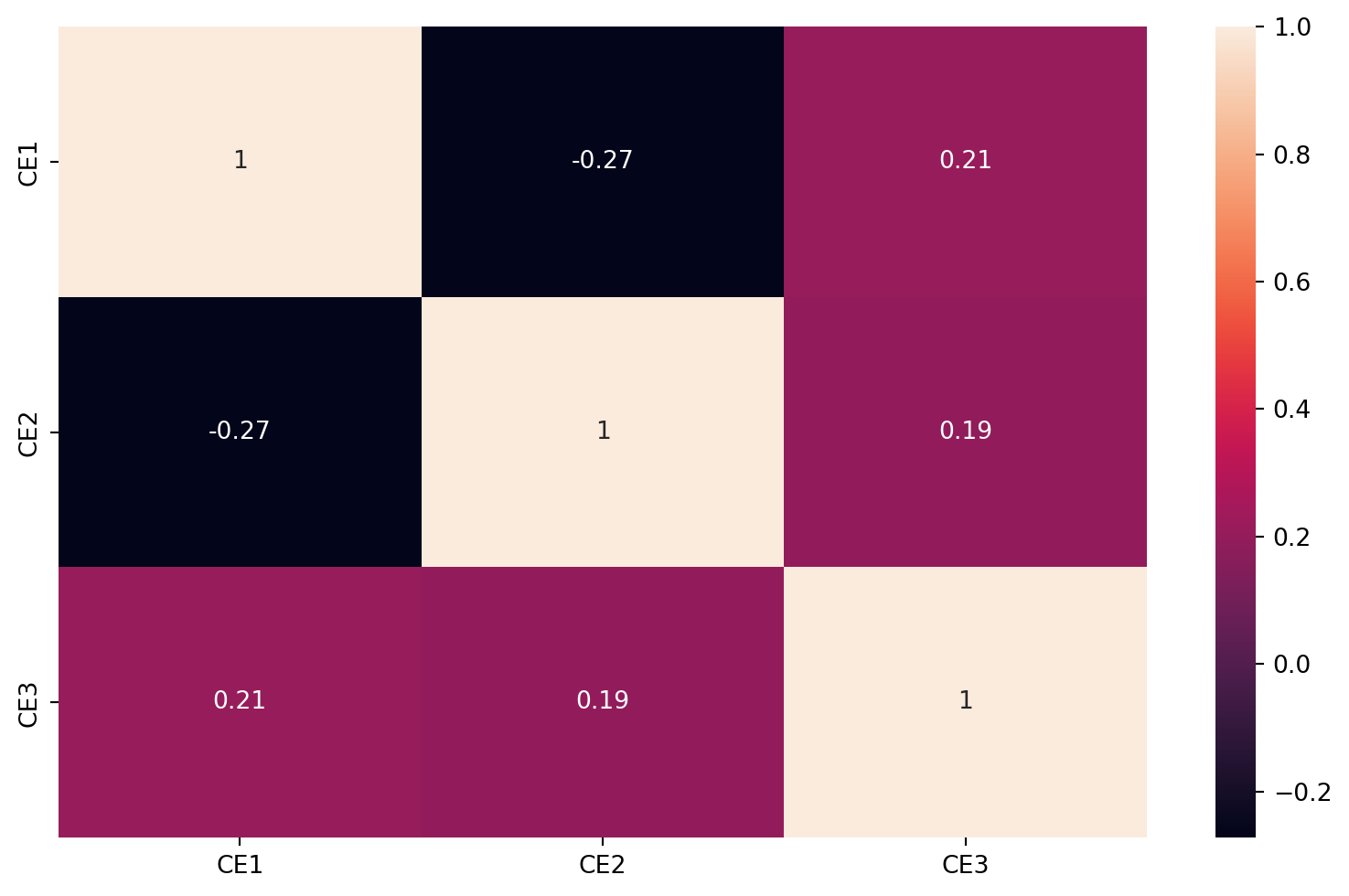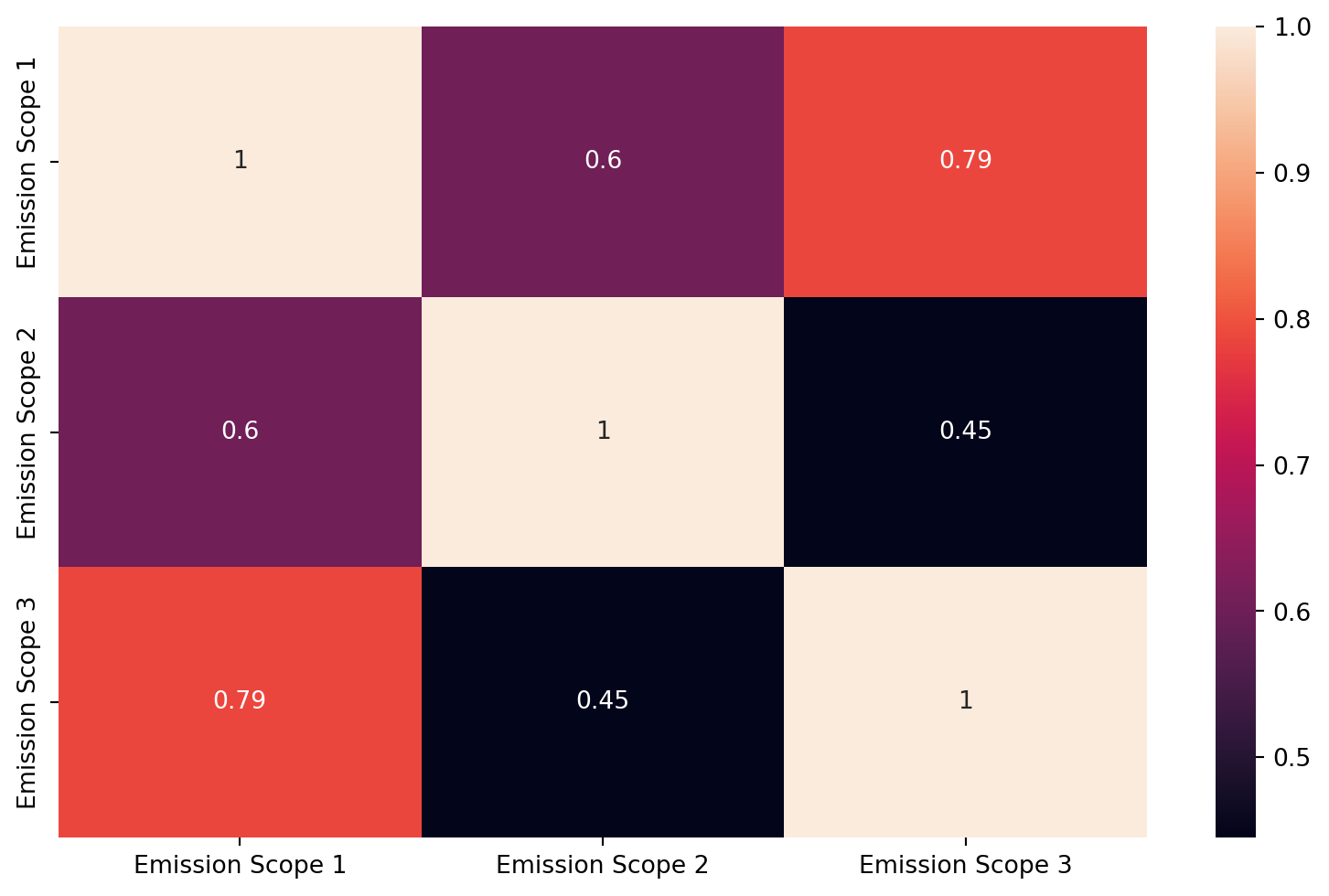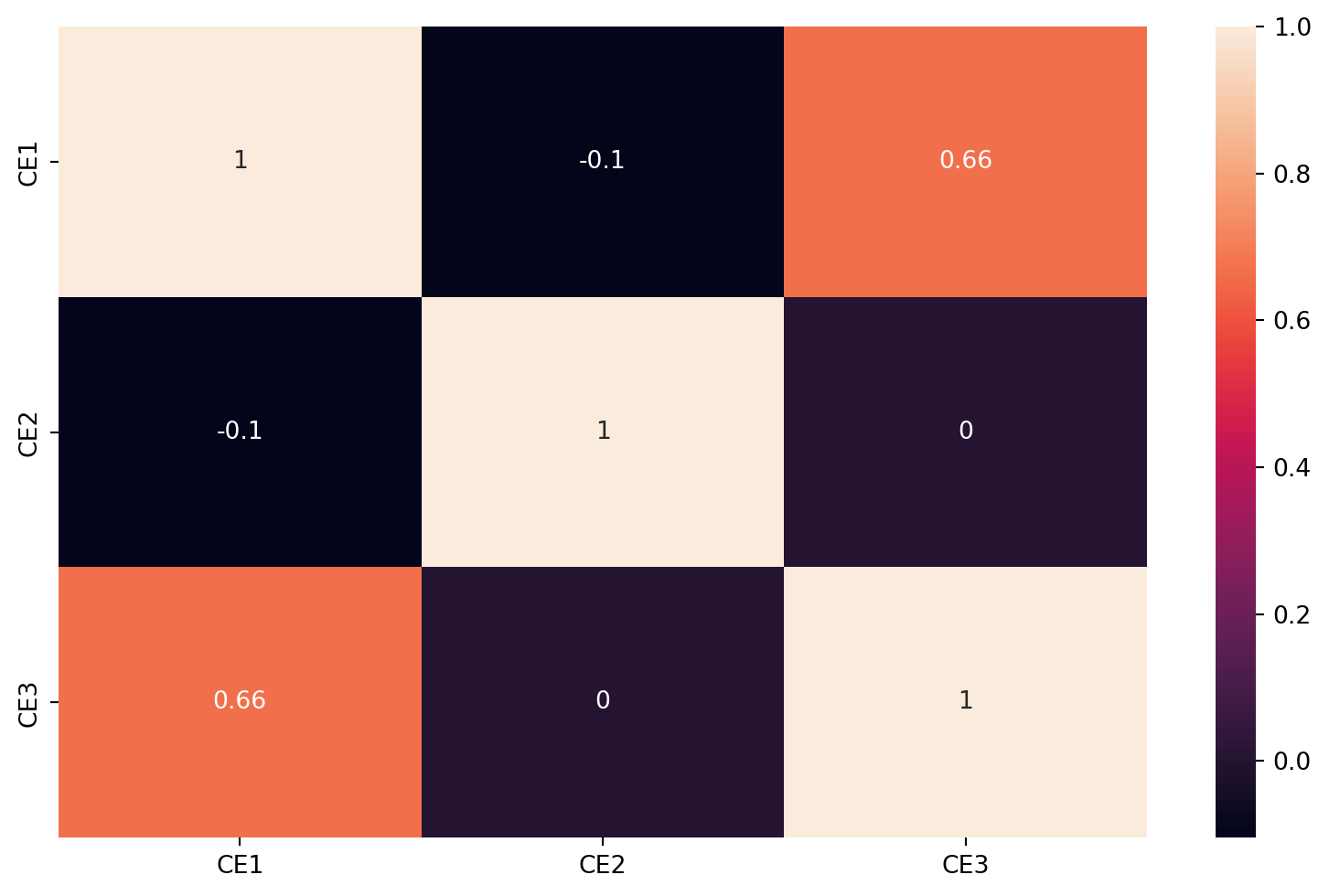Introduction
This paper is for those who believe in the critical importance of sustainability and a future with low carbon emissions. That’s why I published it on Medium. I hope that it will be helpful to those who are interested in the integration of climate risk into traditional business models. When I was working on my final year project, I was looking for a way to integrate climate risk into asset allocation models. As I reviewed the literature, I read many articles.I think it’s important to understand climate risk metrics before making a complicated decision model.
When working with a portfolio of a n asset, The concern of investor is to determine the weight \(w=(w_1,...w_n)\) of each asset in the portfolio. The investor wants to know how much invest in each asset. Answering this question is the same as determining what weight assign to each asset.
The traditional portfolio optimization responds to this question. It requires input data such as the vector of expected returns \((\mu_1,...,\mu_n)\) of asset, the vector \(\sigma\) of asset volatilities and the correlation matrix \(\rho\) of asset returns. We can then compute the first and second moment of the stochastics portfolio return. In particular, the portfolio risk corresponds to the portfolio volatility \(\sigma(x)\). To be more precise, using the parameters \(\sigma\) and \(\rho\), we can compute the portfolio covariance matrix \(\Sigma\), which is defined as follows: \(\Sigma_{ij} = \sigma_i \sigma_j \rho_{ij}\). The first moment is equal to the expected return of the portfolio \(\mu(x) = \sum_{i=1}^{n} w_i \mu_i\) While the second is equal to the variance of the portfolio returns \(\sigma(x) = \sqrt{\sum_{i=1}^{n} \sum_{j=1}^{n} w_i w_j \Sigma_{ij}}\).
When introducing climate-related risk, we have to define another measure \(C(w_1,...w_n)\) that assesses the risk of climate change. Let consider a climate metrics \(C_i\) of associated with asset \(i\). The nature of the climate risk is then different from the volatility risk measure since the latter satisfy the sod additivity property : \[\sigma(w) <= \sum_{i=1}^{n} w_i \sigma_i\]
Even if \(C(w)\) is a convex risk measure, it is an abuse of language, because there is no way to diversify the climate risk: \[C(w) \not < \sum_{i=1}^{n} w_i C_i\]
Therefore, \(C(w)\) play more the rule of an expected loss than a risk measure. In this paper, we will present some climate risk measures. First, we will present carbon footprint and carbon intensity.



